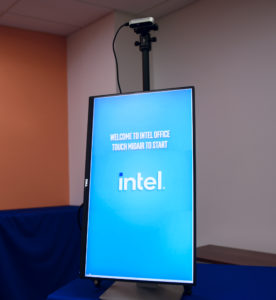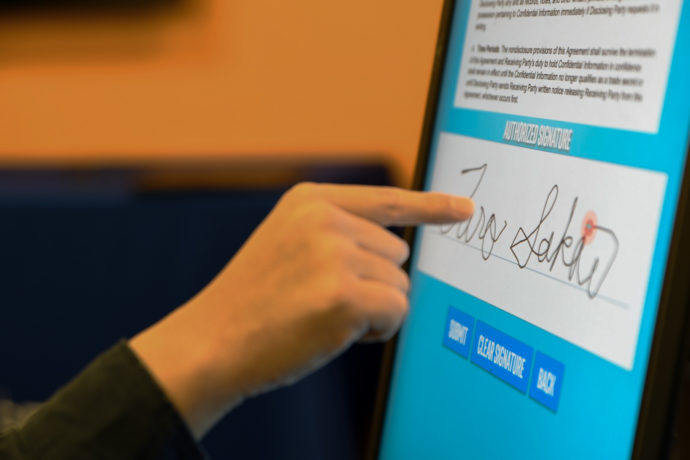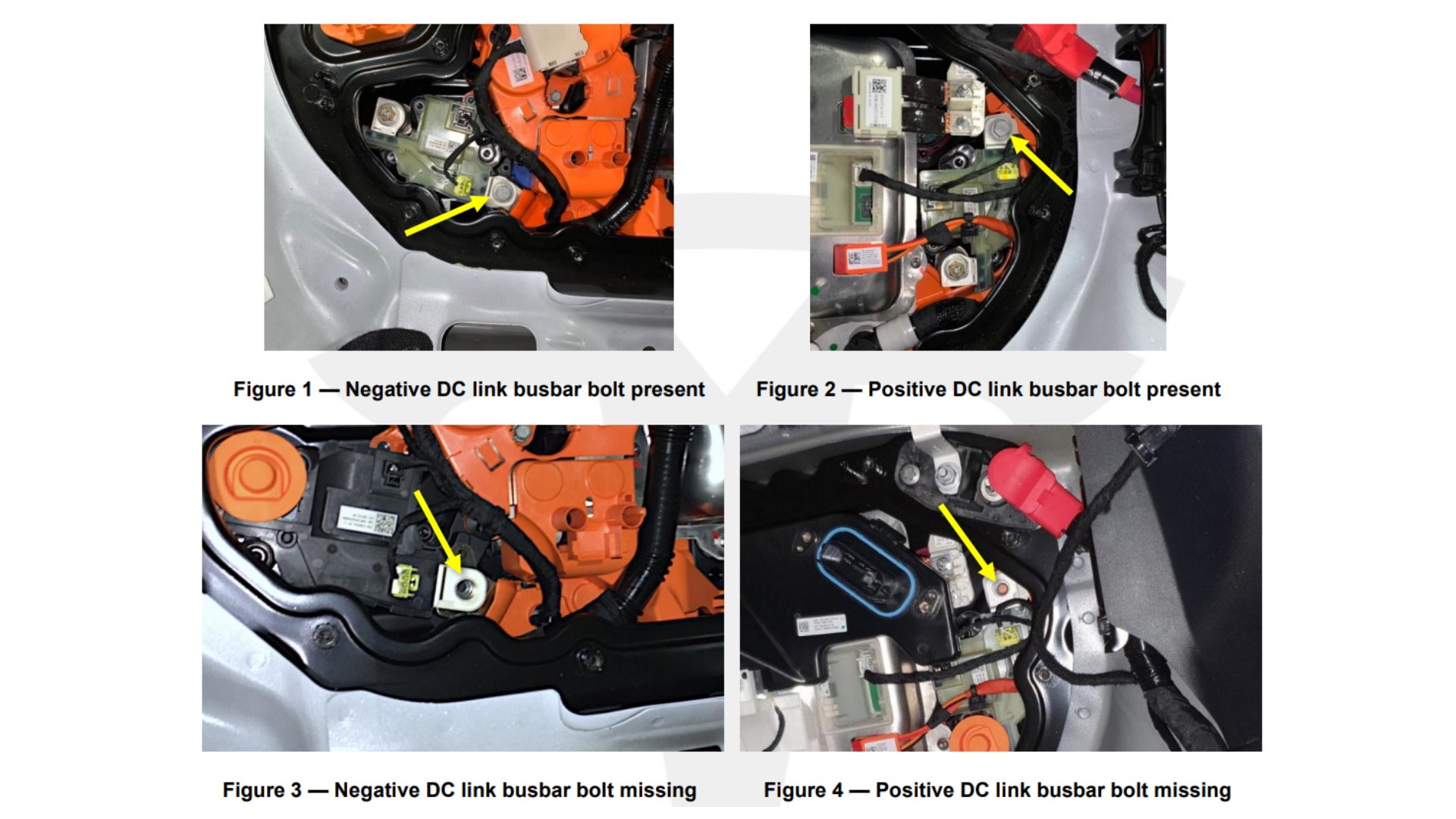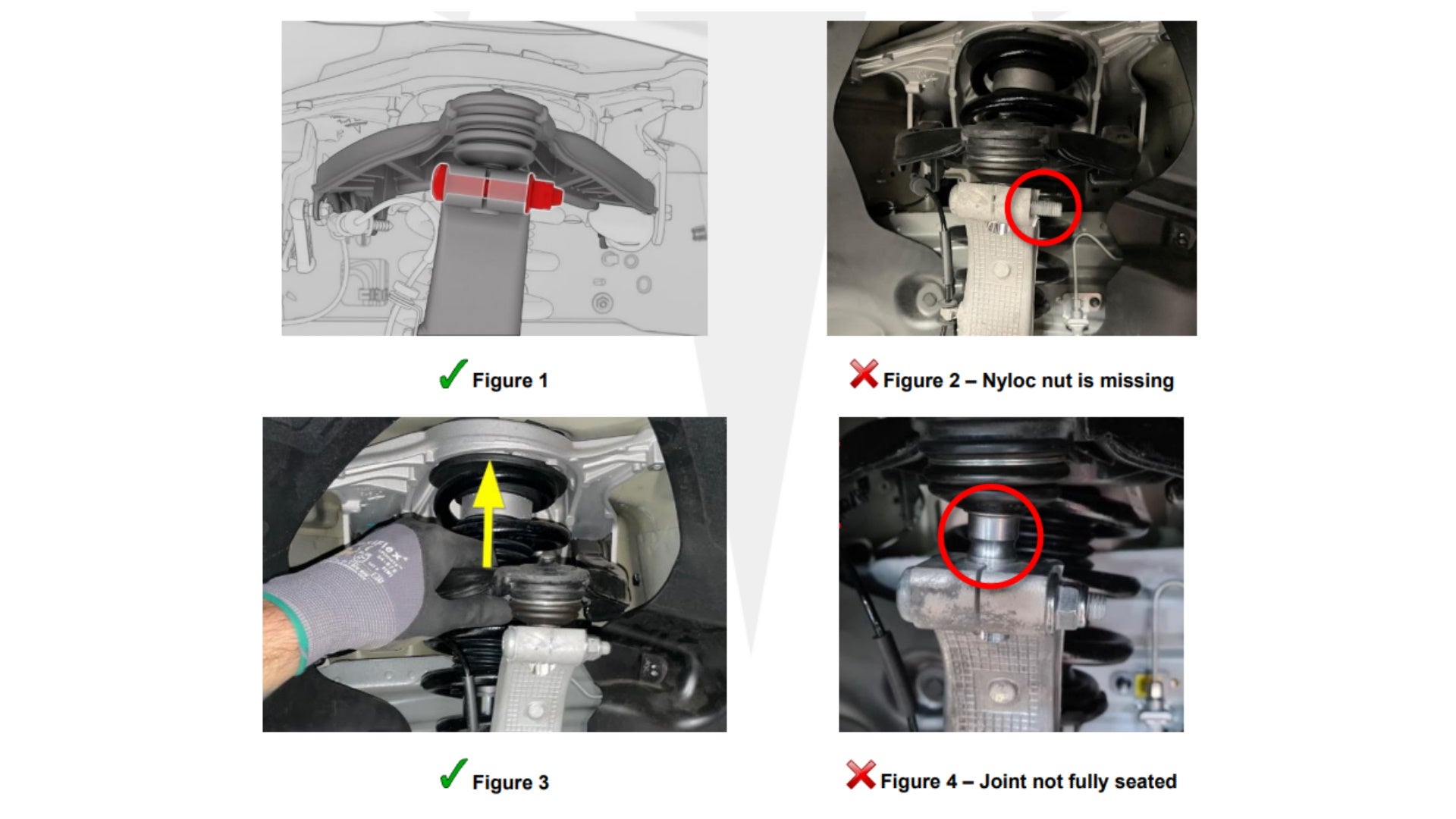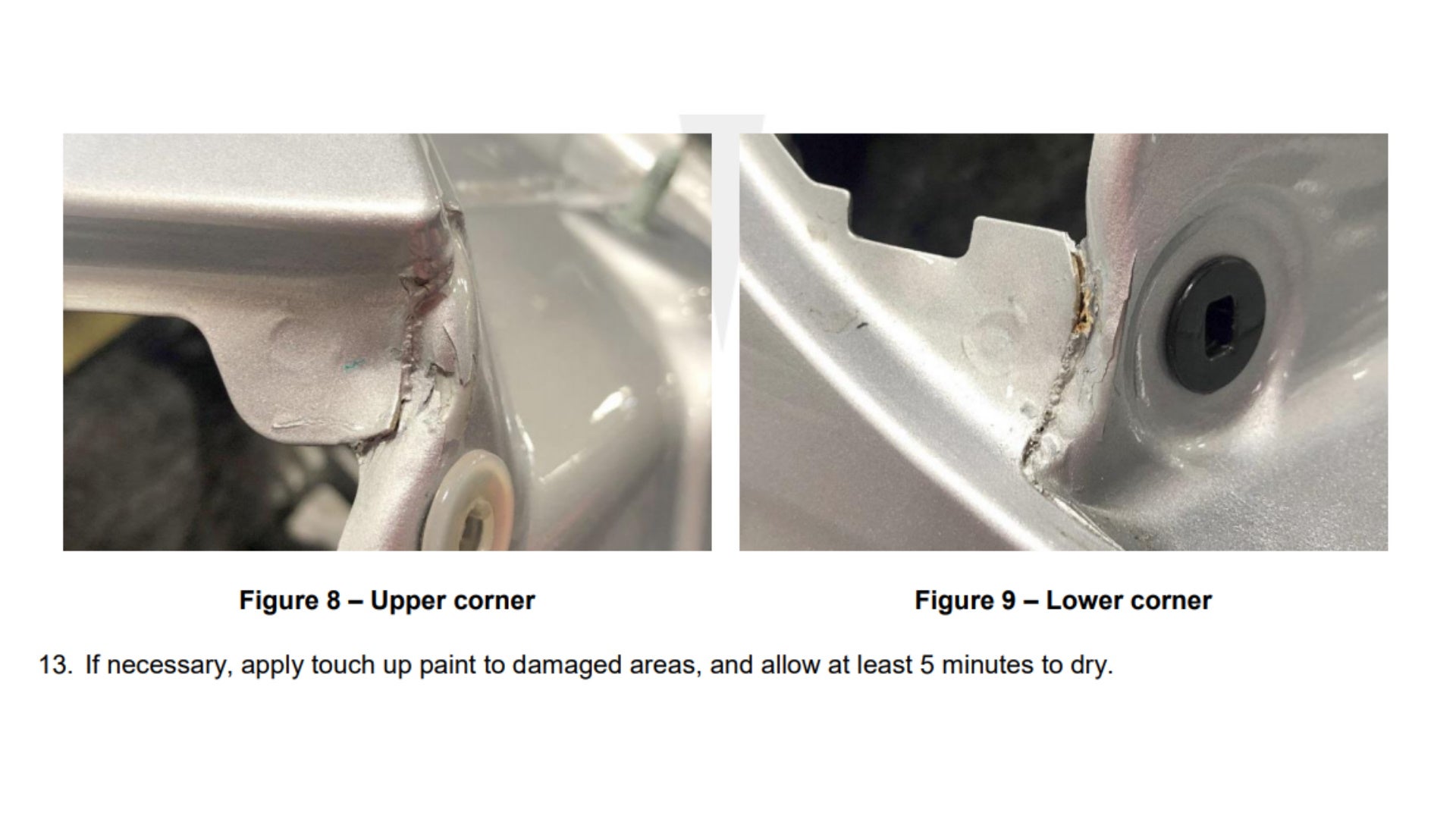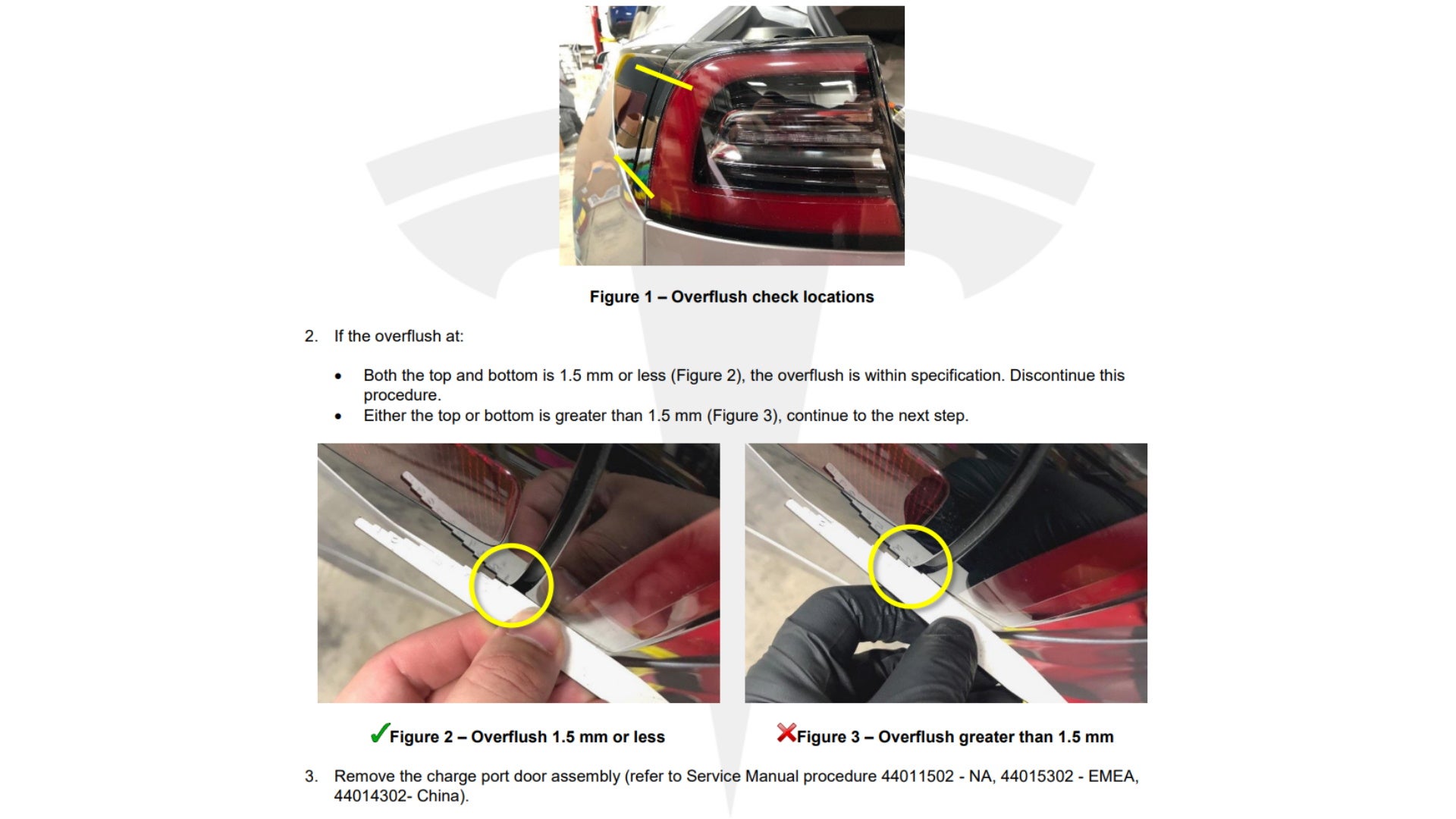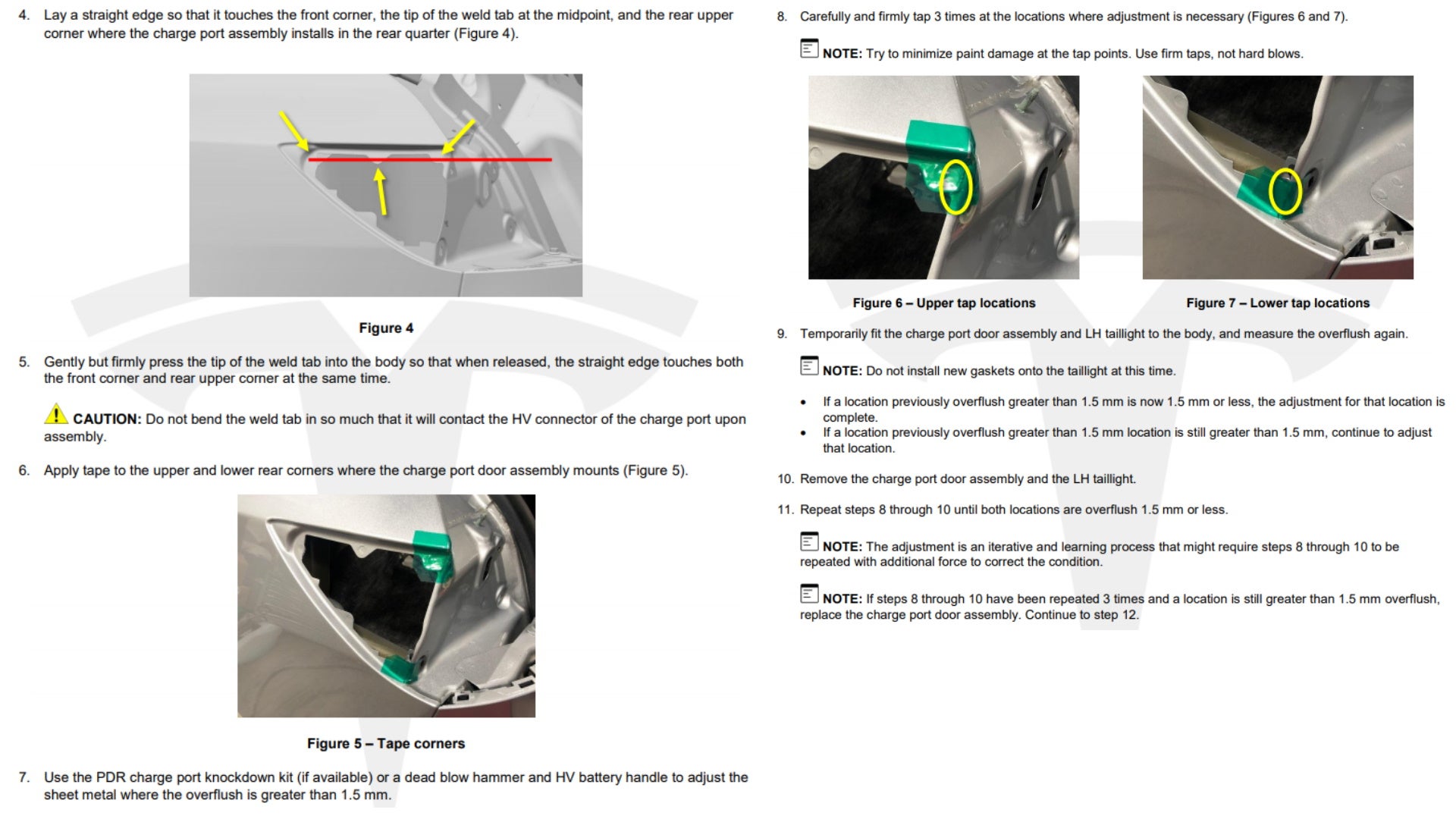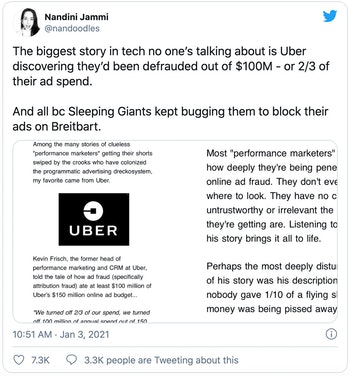Engineers at Cloudflare and Apple say they’ve developed a new internet protocol that will shore up one of the biggest holes in internet privacy that many don’t know even exists. Dubbed Oblivious DNS-over-HTTPS, or ODoH for short, the new protocol makes it far more difficult for internet providers to know which websites you visit.
But first, a little bit about how the internet works.
Every time you go to visit a website, your browser uses a DNS resolver to convert web addresses to machine-readable IP addresses to locate where a web page is located on the internet. But this process is not encrypted, meaning that every time you load a website the DNS query is sent in the clear. That means the DNS resolver — which might be your internet provider unless you’ve changed it — knows which websites you visit. That’s not great for your privacy, especially since your internet provider can also sell your browsing history to advertisers.
Recent developments like DNS-over-HTTPS (or DoH) have added encryption to DNS queries, making it harder for attackers to hijack DNS queries and point victims to malicious websites instead of the real website you wanted to visit. But that still doesn’t stop the DNS resolvers from seeing which website you’re trying to visit.
Enter ODoH, which builds on previous work by Princeton academics. In simple terms, ODoH decouples DNS queries from the internet user, preventing the DNS resolver from knowing which sites you visit.
Here’s how it works: ODoH wraps a layer of encryption around the DNS query and passes it through a proxy server, which acts as a go-between the internet user and the website they want to visit. Because the DNS query is encrypted, the proxy can’t see what’s inside, but acts as a shield to prevent the DNS resolver from seeing who sent the query to begin with.
“What ODoH is meant to do is separate the information about who is making the query and what the query is,” said Nick Sullivan, Cloudflare’s head of research.
In other words, ODoH ensures that only the proxy knows the identity of the internet user and that the DNS resolver only knows the website being requested. Sullivan said that page loading times on ODoH are “practically indistinguishable” from DoH and shouldn’t cause any significant changes to browsing speed.
A key component of ODoH working properly is ensuring that the proxy and the DNS resolver never “collude,” in that the two are never controlled by the same entity, otherwise the “separation of knowledge is broken,” Sullivan said. That means having to rely on companies offering to run proxies.
Sullivan said a few partner organizations are already running proxies, allowing for early adopters to begin using the technology through Cloudflare’s existing 1.1.1.1 DNS resolver. But most will have to wait until ODoH is baked into browsers and operating systems before it can be used. That could take months or years, depending on how long it takes for ODoH to be certified as a standard by the Internet Engineering Task Force.
Source: Cloudflare and Apple design a new privacy-friendly internet protocol | TechCrunch

